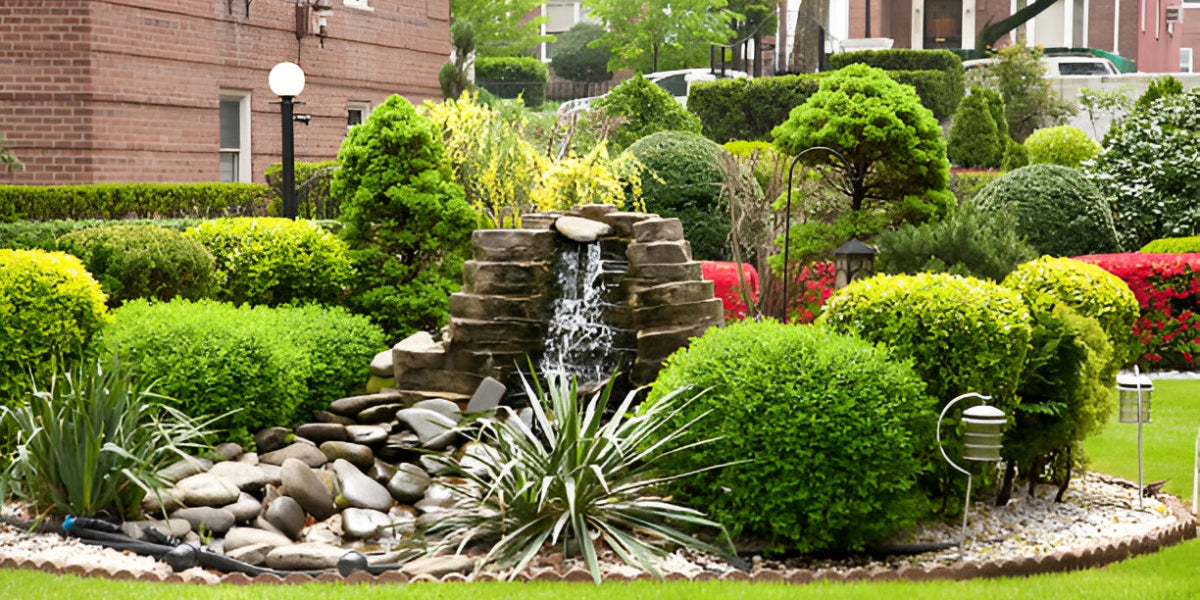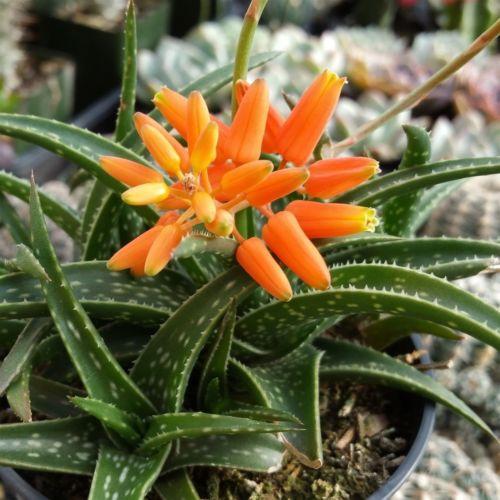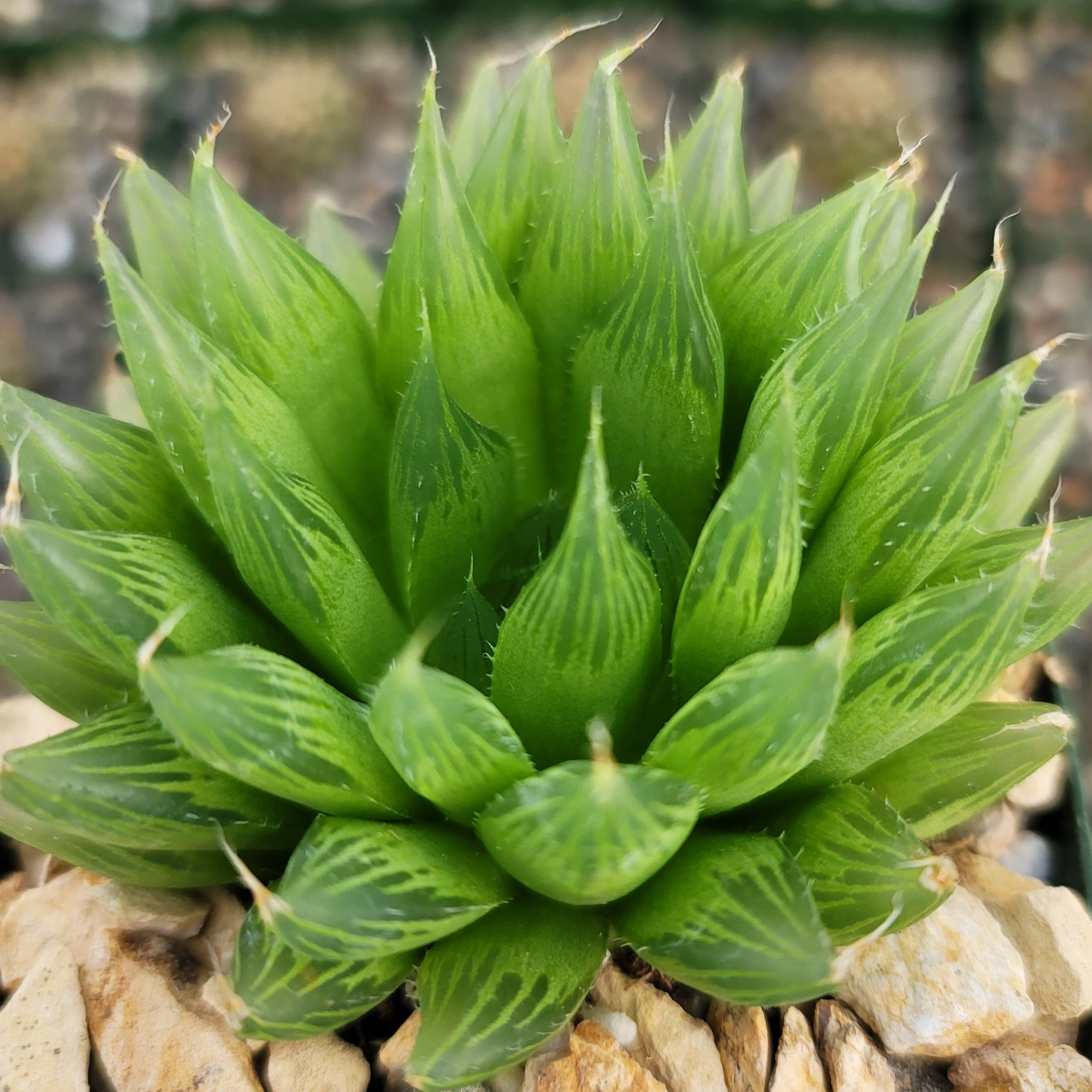Succulent Growth Forms
Updated: January 28, 2025

From a small-sized rosette to trailing succulents and woody shrubs to cushion succulents, there are many diverse succulent species and options to pick from. Then, there are massive-leaf succulents, columnar ones, and even opuntioid stem succulents.
This blog will talk about the different and the most common succulent growth forms.
Most Common Succulent Growth Forms
-
Rosette
In this case, the leaves grow outward or radiate from the central stem or stalk. The plants have short stems with leaves looking more like petals and less like leaves. The reason why the growth forms are called rosettes is that they look so similar to roses. In fact, there's a close resemblance to lotus too. They grow close to the ground surface or mainly at the ground level. Take the case of the most common succulents - Hens & Chicks, Sedums, and Echeverias.
This growth form requires adequate sunlight so that the leaves do not etiolate, especially to maintain their compact shape. You can decorate your home with rosettes and even gift them to friends or family.
-
Trailing succulents
These succulents are characterized by longish and flexible stems that grow beyond, overflow downwards, or upwards from the containers. Typical examples are the String of pearls, the String of bananas, the String of pandas, etc. Some of the stems grow comfortably to a few feet long, reminding you of climbers and creepers like vines. Due to their growth form, these popular succulent plants look extremely attractive from hanging pots. The trailing or hanging succulents can be propagated from stem and leaf cuttings.
-
Loose Rosette
The typical examples of this type of plant growth are Aloe and Agave. It is another common succulent plant growth type that is very similar to the distinctive rosette but is more open and has lengthy tapering leaves.
-
Vertical growing succulents
These are also a pretty popular type of succulents with a characteristically taller vertically-growing stem. The height to which the stem grows varies from species to species, but the height ranges from three to twelve inches in most cases. The leaves usually grow along the stem. Common examples are Sedum and Crassula.
-
Creeping or cluster succulents
The creeping succulents usually grow in clusters, and as they spread along the ground, they develop roots. The stems are long and flexible, growing out laterally. The Sedum Stonecrop, one of the most popular succulents, belongs to this growth type. These are an excellent choice to grow as ground cover in your home garden.
-
Tree-like succulents
These are succulents that look like trees. The most common example is the Adenium, also referred to as the fat plant. The stem is woody, bearing a strong resemblance to trees. The leaves have bulbous growth. Typical succulents of this type are grown as bonsai.
-
Rock-like
These succulents appear like colorful stones, pebbles, or rocks and are often called 'living stones.' Lithops are the most common example of this succulent growth type. Botanically, their appearance is how to camouflage them from animals in their natural habitat. Interestingly, rock plants like Lithops bear flowers that bloom during daylight and close at sunset. The daisy-like flowers are either white, orange, or yellow.
-
Bulbous succulents
These succulents are relatively rare, but many ardent succulent collectors will have a collection to show off. The plants are small-sized with underground bulbs. The leaves spring from these bulbs. The peculiar feature of these plants is that they are primarily without stems. The best examples are Frizzle Sizzle and Silver Squill.
-
Shrubs
As the term indicates, the growth appears as large bushes when matured. The typical examples of this growth type are Opuntia (Prickly Pear), Jade plants, and Cactus. The shrubs can grow two inches or taller in your outdoor garden. Shrubs add style to outdoor gardens as landscaping bushes. They should be placed near a windowsill that receives a good amount of sunlight when indoors. Propagation is simple as offshoots.
-
Leafless succulents
The next type is the leafless succulents that bear no leaves. In rare cases, there are leaves. A common example of this type is the exotic Cactus genus. The leaves are adapted to become spines so that the plant loses minimal water.
FAQs
-
What type of plant is succulent?
Succulents are botanical species or plants with thick and fleshy leaves. The leaves and stems are adapted to retain water even in the most challenging conditions, like drought and arid climatic conditions. These are mostly grown as ornamental houseplants as it is pretty easy to grow and maintain them.
-
Mention some succulent examples.
Some popular succulent types are Aeonium, Aloe, Agave, Crassula, Echeveria, Euphorbia, Gasteria, Graptopetalum Hybrids, Haworthia, Kalanchoe, Mammillaria, Opuntia, Sedum, Sempervivum, and Senecio.
-
Name a succulent that looks like a tree.
A thick well-bodied trunk and branches characterize these succulents. The leaves grow to give the shape of a tree. Common examples are Crassula and Euphorbia. You can also consider growing Mammillaria, Sedums, and Adenium species as bonsai.


























